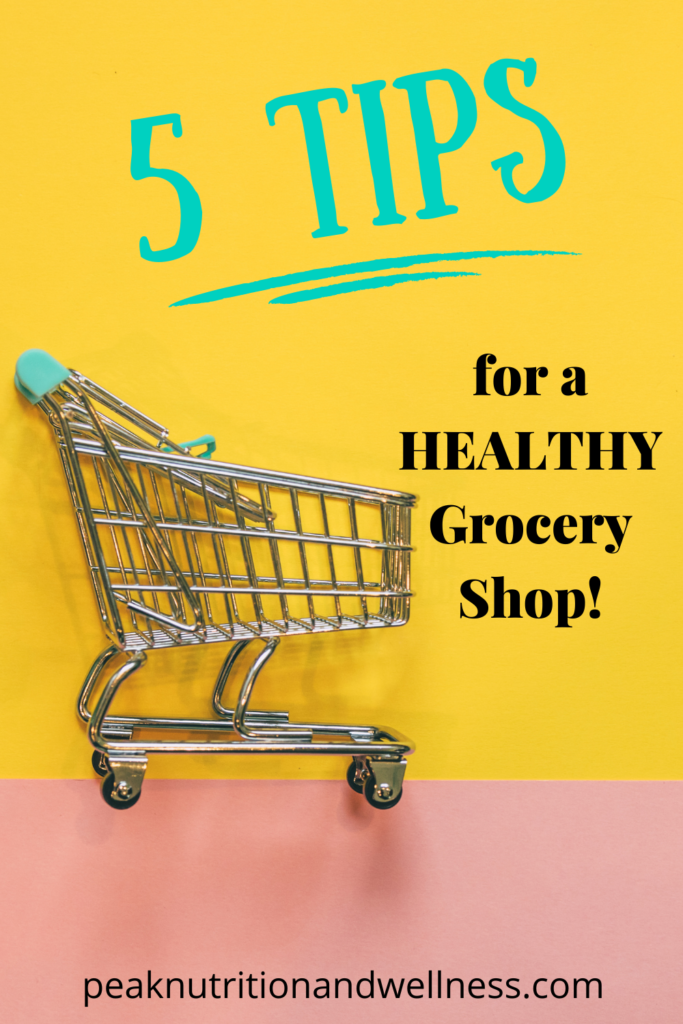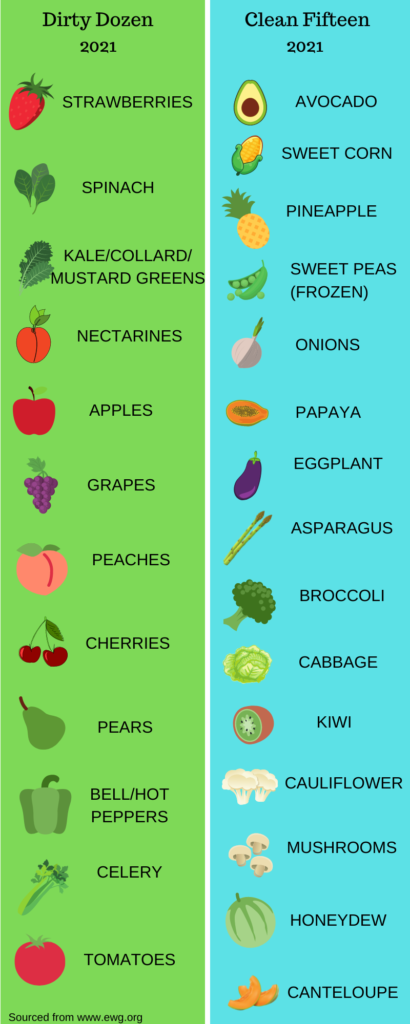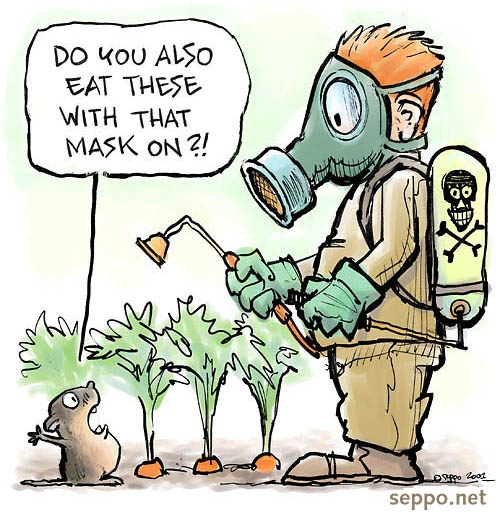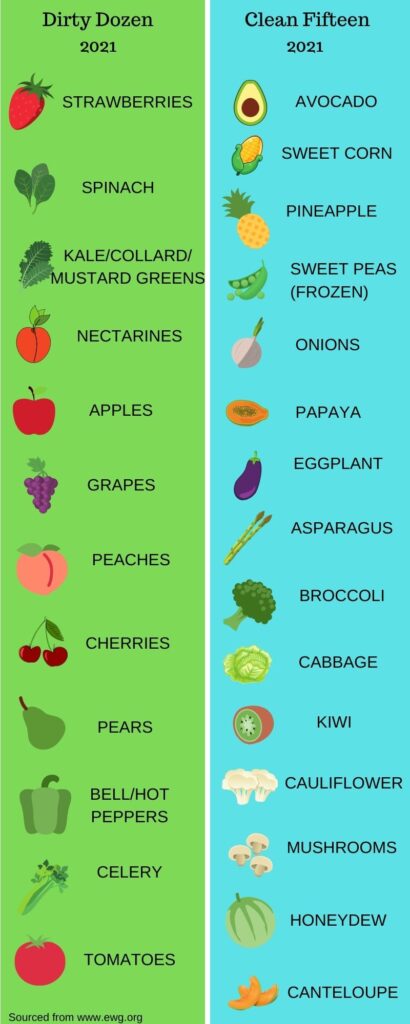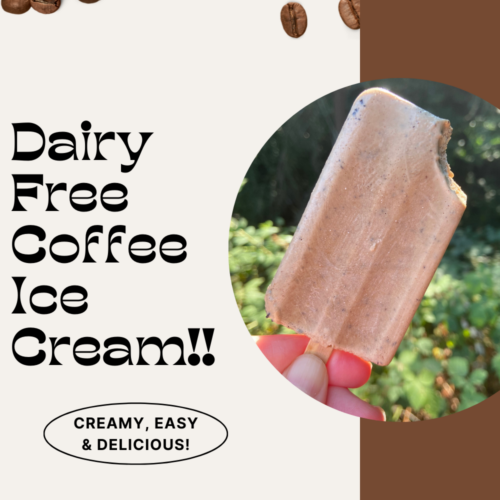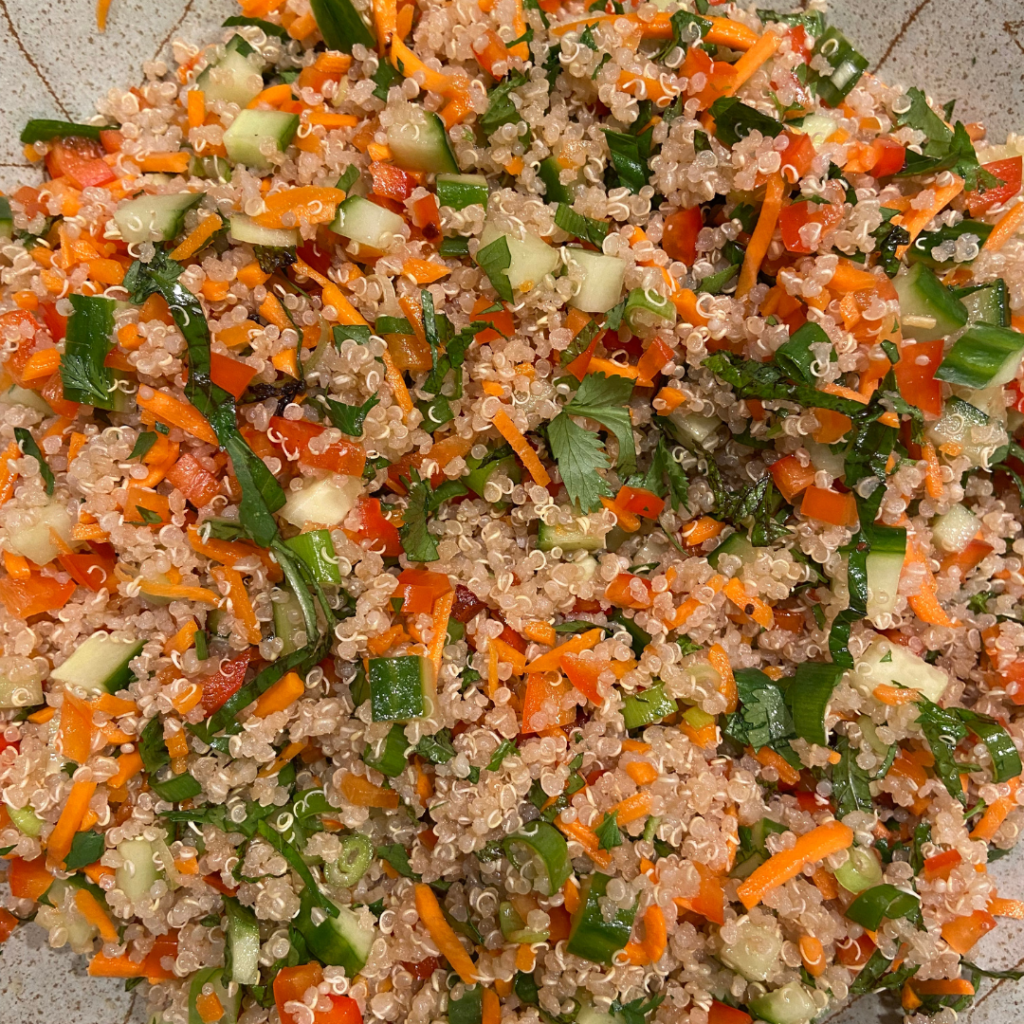
Hot summer days are the perfect time to break out those refreshing salad recipes. This quinoa salad has been a go-to of mine for years! With it’s balance of crisp veg, a tangy umami filled dressing and refreshing herbs, it’s SO crave-able. Downright addictive!
I’ve been making this salad for so long, that I don’t recall where the original inspiration came from! I do know that I swapped in coconut sugar and avocado oil as healthier alternatives in the dressing. Coconut sugar is less refined that white or brown sugar and does not have as quick an impact on blood sugar levels. Avocado oil (or olive oil) is a more stable fat than vegetable oils, like canola oil. Vegetable or seed oils are fragile fats that are damaged during processing and highly inflammatory.
Quinoa is a seed that is naturally gluten free and provides a fairly good punch of protein for a plant food. Unlike most plant based foods, it contains all 9 essential amino acids, making it a complete protein. I tend to cook a whole bunch of quinoa at one time and freeze it in “salad” size portions (3 to 4 cups of cooked quinoa), so when the urge for this salad or my Curry Quinoa Salad hits, I’m one step closer to digging in!
Quinoa also is coated in saponins, a bitter tasting compound that acts as an insecticide for the plant. Rinsing your quinoa with cold water prior to cooking it will remove the saponin and prevent that bitterness from transferring to you finished product!
Feel free to mix up the veggies in this salad or omit herbs you may not be fond of (for you cilantro haters out there!). It makes a great addition to summer picnics or BBQs, as it can sit at warmer temps without spoiling.
Eat it on its own or add your favorite protein (shrimp is delicious with this) and enjoy!
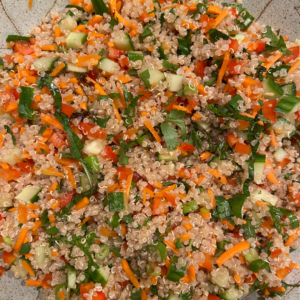
Summer Quinoa Salad with Herbs
Equipment
- 1 Medium Saucepan
- 1 Strainer (fine mesh) for rinsing quinoa prior to cooking
- Knife
- Cutting board
- Whisk
- Small bowl for mixing the dressing
- Large Salad Bowl
- Tongs or utensils for mixing salad ingredients
Ingredients
- 1 & 1/3 cup Quinoa
- 2 & 1/3 cups Water
- 1 Red Bell Pepper diced
- 1 English Cucumber diced
- 1 cup Grated and Shedded Carrot
- 2 Scallions finely chopped
- 1/4 cup Cilantro finely chopped
- 2 tbsp Mint finely chopped
- 2 tbsp Thai Basil (or sub regular basil) finely chopped
Dressing
- 1.5 tbsp Avocado oil or Olive Oil
- 2.5 tsp Red Boat Fish Sauce
- 2 tbsp Coconut sugar
- 1/4 cup lime juice
- 1/2 tsp Sea Salt
- 1/4 tsp Red Pepper Flakes
Instructions
Quinoa
- Rinse quinoa throughly under cold water.
- Add quinoa and water to saucepan and bring to a boil over medium high heat.
- Once boiling, reduce heat to low and simmer, covered with lid, until water has been completely absorbed (15 to 20 minutes).
- Remove from heat and allow to sit with lid on for 5 minutes.
- Remove quinoa from pot. If making the salad immediately, place quinoa in fridge to cool for 20-30 minutes before assembling salad.
Dressing
- Combine fish sauce, lime juice, sugar, salt, red pepper flakes and oil in a small bowl and whisk to combine and dissolve sugar. Set aside.
Salad
- Combine cooled quinoa, red pepper, cucumber, carrots, scallion and herbs in bowl.
- Pour dressing over contents of bowl.
- Toss well to combine.
- Chill in refrigerator prior to serving.
- Keeps well in the refrigerator for several days.









